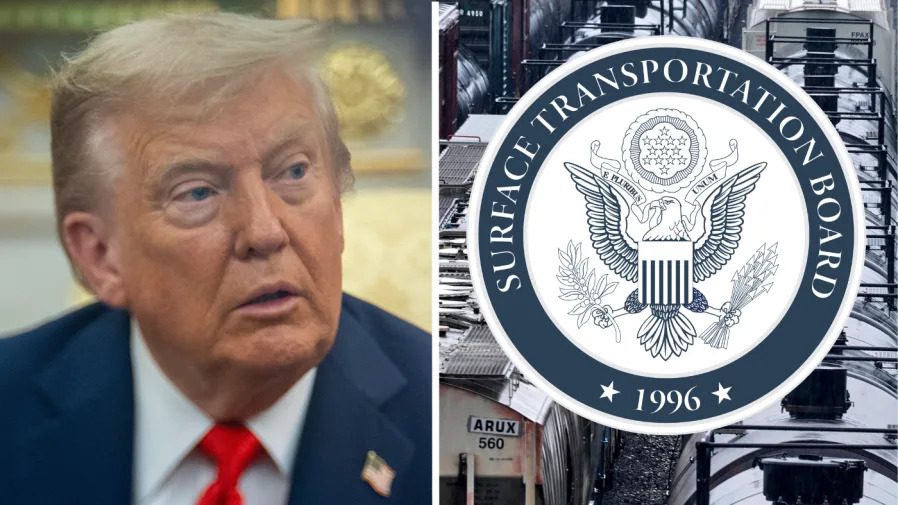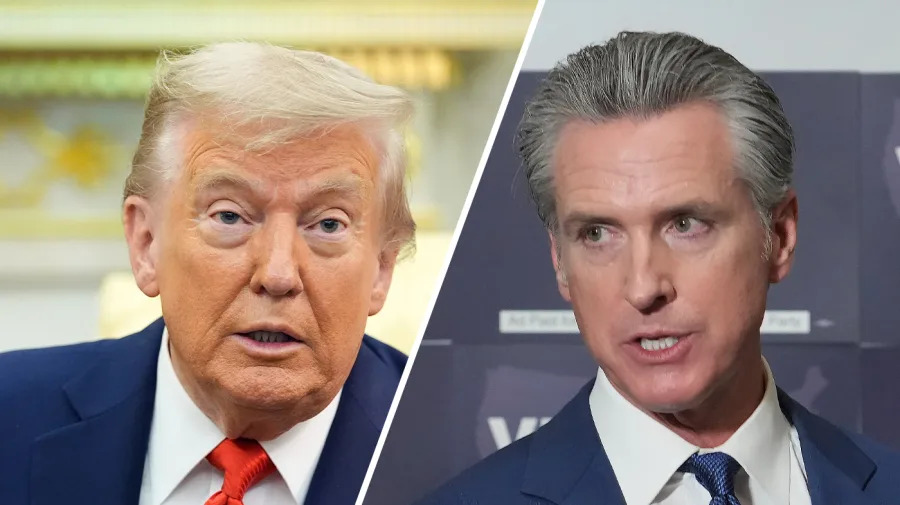
In May and July of 2017, early in his first term, President Donald Trump unleashed flocks of shrieking tweets imploring the Senate to change its filibuster rule for legislative measures. He advocated reducing the number of votes to stop interminable debates from 60 to 51.
One tweet summed-up his frustration: “Republican Senate must get rid of 60 votes NOW! It is killing the R Party, allows 8 Dems to control country. 200 Bills sit in Senate. A JOKE!”
Another tweet was aimed specifically at then-Senate Majority Leader Mitch McConnell (R-Ky.): “The very dated filibuster rule must go. Budget reconciliation is killing R’s in Senate. Mitch M, go to 51 votes NOW and WIN. IT’S TIME.” McConnell respectfully declined: “It would fundamentally change the way the Senate has worked for a very long time,” he responded. “We’re not going to do that.”
Trump had hoped McConnell would choose the “skinny repeal” approach or “nuclear option” of overturing a ruling of the chair on appeal to make a new rule. McConnell had earlier done that to clear the way for confirming Neil Gorsuch’s nomination to the Supreme Court.
The word “filibuster” is from the Dutch term “freebooter” or pirate. Author Robert Caro explains how the term worked its way into Senate procedural parlance. The device is, after all, he wrote, “a pirating, or hijacking, of the very heart of the legislative process.”
The Senate first adopted an actual filibuster rule in 1917 (Rule 22), when President Woodrow Wilson insisted on some safeguard against “death by talking.” Wilson was outraged that “a willful group of little men” (11 in all), by extended debate, had torpedoed his proposal to arm U.S. merchant ships against German submarine attacks.
The new rule provided for a two-thirds vote to invoke cloture (limit debate time) on such matters. In 1975 the two-thirds vote requirement was reduced to three-fifths. Today the supermajority cutoff requirement only applies to legislation.
In the mid-1960s, President Lyndon Johnson, a former Senate majority leader, successfully pushed his Great Society anti-poverty and civil rights legislation through Congress. Aided by swollen Democratic majorities in both houses, and by strong public emotions in the wake of President John F. Kennedy’s assassination, Johnson didn’t need to worry about filibusters or serious minority party opposition to his initiatives. He did rely on all of his political acumen from his Senate years to compile overwhelming legislative successes.
The four-word title of Robert Caro’s book on Johnson’s Senate years captures the essence of LBJ’s legislative prowess: “Master of the Senate” (2002).
In 1964, Senate Republican Leader Everett McKinley Dirksen of Illinois was asked by a reporter what he thought of a proposed change in the filibuster rule. In his inimitable, low, gravelly voice he replied: “Well, ha, ha, ha; and, I might add, ‘ho, ho, ho.” He went on to save the 1964 Civil Rights Act by rounding up the final two-thirds votes to invoke cloture.
Joe Biden staunchly defended the filibuster from the time he arrived in the Senate in 1973. His support did not waver as he gained in seniority and eventually became chairman of the Judiciary Committee — a body which faced many threatened filibusters on presidential nominees.
When he became president in 2021, Biden was blocked by two failed cloture votes to pass his priority voting rights bills. In March, when asked whether he had changed his mind on filibuster reform, he said he would prefer to go back to “the old fashioned way” where senators had to debate on the floor rather than block things simply by threatening a filibuster.
The following January, however, Biden changed his mind, suggesting the rules be revised to exempt voting rights legislation from the cloture threshold. Former President Barack Obama strongly supported Biden’s proposal. The Senate did not. A three-fifths cloture vote would still be needed to stop a filibuster on any Senate rule change.
When President Donald Trump was elected to the presidency a second time in 2024, he found a way to bypass the filibuster conundrum by piling all his legislative priorities into his “one big beautiful bill.” As a rescission bill it could not be filibustered. Those parts of it that violated rescission or budgetary rules could only be saved by overriding the chair’s rulings on appeal of their non-germaneness (the nuclear option). Appeals to override such rulings only require a majority.
Since the 1975 filibuster rule reform, all manner of permutations and combinations have piggy-backed on that nascent reform. That includes the two-track system permitting a filibuster to proceed in dormancy on one track, while more routine legislative business can proceed on the other. The old “death by talking” epitaph about filibusters has been superseded by the “never say die” rallying cry that a determined majority can always work its will.
Don Wolfensberger is a 28-year congressional staff veteran culminating as chief of staff of the House Rules Committee in 1995. He is author of, “Congress and the People: Deliberative Democracy on Trial”(2000), and, “Changing Cultures in Congress: From Fair Play to Power Plays”(2018).
Copyright 2025 Nexstar Media, Inc. All rights reserved. This material may not be published, broadcast, rewritten, or redistributed.
For the latest news, weather, sports, and streaming video, head to The Hill.







Comments